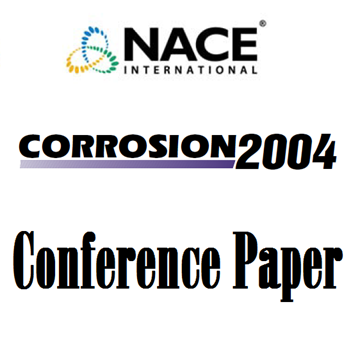Search
10217 Corrosion of Fire Protection System Lines at the Nevada Test Site's Device Assembly Facility
Also Purchased
00653 REMEDIATION OF CORROSION PROBLEMS INSIDE FIRE SPRINKLER SYSTEM PIPING
Product Number:
51300-00653-SG
ISBN:
00653 2000 CP
$20.00
04602 A Microbiologically Influenced Corrosion Study in Fire Protection Systems
Product Number:
51300-04602-SG
ISBN:
04602 2004 CP
$20.00
04511 Some Recent Failures of Fire Sprinkler System Components: Corrosion Case Histories
Product Number:
51300-04511-SG
ISBN:
04511 2004 CP
Publication Date:
2004
$20.00




